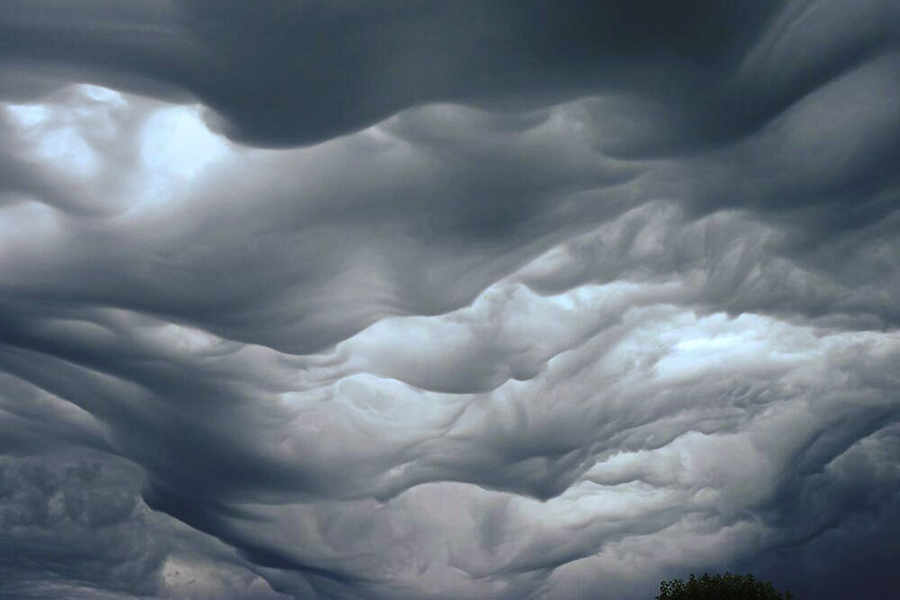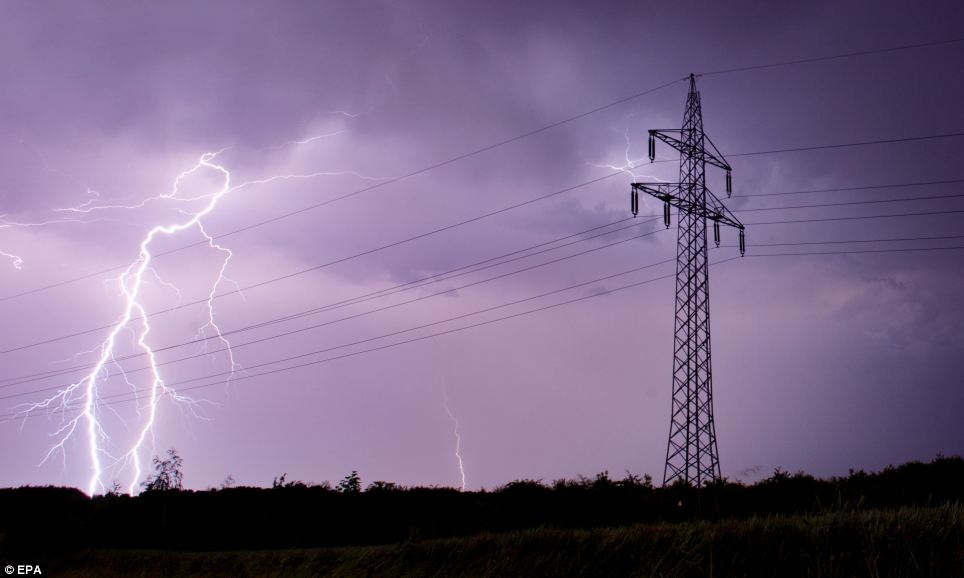Signs of the Times in May 2014

© Sott.net
The fifth installment in our new monthly series, the following video compiles footage of 'signs of the times' from around the world during May 2014 - 'earth changes', extreme weather and planetary upheaval.
Highlights this month include: wildfires breaking out in places where snow is falling a.) nearby, and b.) way further south. Several huge dust storms smothering cities in the U.S., the Middle East and Central Asia, while up near the Arctic Circle, Alaska's largest ever forest fire consumed over 200,000 acres. A record-breaking spring heatwave in southwestern U.S. combined with incredibly destructive wildfires to San Diego into a warzone. 150,000 people were forced to evacuate their homes as multiple 'fire-nadoes' torched suburbs.
Unbelievable quantities of hail were dumped in tropical Sao Paulo, Brazil, as well as across the U.S., while record-breaking rainfall led to flooding in many places throughout the U.S., the Middle East, southern China, Africa, and Europe. Spectacular electrical storms swept across the U.S. and Europe, while over 3,000 occurred in the Balkans following the worst flooding since record-keeping began, and a horrific 'double-landslide' in Afghanistan buried 2,700 people alive.
Notable mass fish kills happened in New Jersey, Los Angeles and Texas, while ice was still floating on the Great Lakes despite a spring heatwave. Three feet of snow hit Denver despite massive wildfires breaking out elsewhere in the Rockies. Two tornadoes touched down in Ukraine, two days apart, and a number of massive sinkholes opened up, including one that nearly swallowed traffic on a busy street in Russia.
Connecting the dots...
Have proponents of man-made global warming been proven correct?
Or is something else, something much bigger, happening on our planet?
While mainstream science claims the phenomena covered in this video series are unrelated, they in fact appear to stem from a single common cause.
In times past, people understood that the human mind and states of collective human experience influence cosmic and earthly phenomena.
Historical records reveal a strong correlation between periods of authoritarian oppression with catastrophic and cosmically-induced natural disasters.

© SOTT.net/Red Pill Press
Available in Kindle and paperback format on Amazon.com




Comment: Alaska wildfire is bigger than Chicago